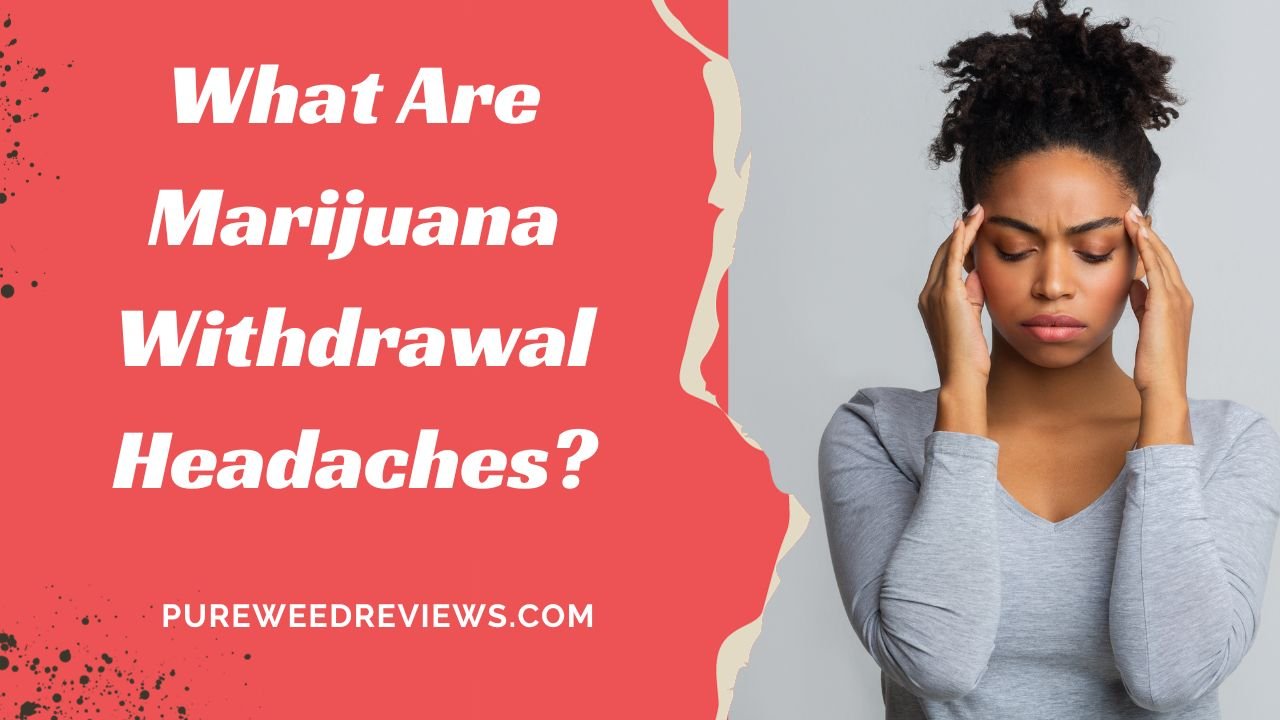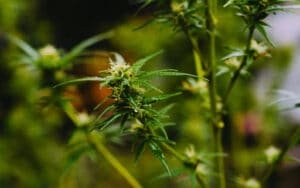
Recent years have seen a shift in public opinion regarding cannabis. Medicinal and recreational cannabis use has been legalized in several states, and this trend may continue. But do you know about the marijuana withdrawal headaches?
Tolerance and withdrawal symptoms may not occur after just a few puffs of cannabis. However, frequent cannabis users may have a different experience. People who suffer from migraines and headaches often start using marijuana to get relief. But it may also contribute to or intensify them. The good news is that you can cure and even avoid marijuana withdrawal headaches with the right approach.
Marijuana Withdrawal Headaches: Overview
Withdrawal from marijuana often causes headaches. Some people who try to stop using it report severe headaches, although this is not the case for everyone. The headaches may be pinpointed to any area of the head, and they often manifest in clusters. However, try not to lose hope if you have these kinds of marijuana withdrawal headaches.
There are countermeasures you can take. Get in touch with your doctor initially. They might find that your headaches aren’t connected to marijuana at all, or they could prescribe you medicine to alleviate the pain. Your withdrawal headaches may subside if you make certain adjustments to your lifestyle.
Which Cannabis Strains Can Give You Headaches?
THC-rich products have been linked to short-term headache and migraine development. Examples include concentrates and hashish. The ash created by cannabis smoking might irritate the respiratory system.
Both coughing and ash inhalation and coughing can cause headaches. Some individuals may experience worsening sinus headaches after vaping or smoking. A headache is a less typical side effect of utilizing CBD products, but it nonetheless exists.
Symptoms of Marijuana Withdrawal Headaches
Depending on your sort of headache, you may experience different signs of a cannabis headache. Remember that the symptoms of a hangover or cannabis withdrawal may coincide with your headache.

● Cluster Headaches
Some folks find that cannabis brings on cluster headaches. These pains tend to occur on the head’s one side, often in the orbit of one eye.
● Migraine Headaches
The use of cannabis may link to an increase in the onset of migraine discomfort. Migraine symptoms might include nausea, discomfort, sensitivity to light, vomiting, and even loss of vision.
● Sinus Headache
Sinus pain is another side effect of having cannabis products like cigarettes or vaporizers. The pressure felt in the temples, forehead, and cheekbones is characteristic of these.
How Long Do You Feel Withdrawal from Marijuana?
Although eliminating all traces of marijuana from the body takes roughly 30 days, withdrawal symptoms may not appear until after that time has passed. The worst of your withdrawal symptoms will likely occur in the first 2-3 weeks, and you should start feeling better afterward.
Infrequent users may find that their bodies take longer than anticipated to overcome the marijuana cravings that persist after the effects of a single high wear-off. Heavy users may continue to have detectable levels of marijuana in their systems for up to three months. Withdrawal symptoms shouldn’t be too severe, although having marijuana in the system might increase cravings.
How to Deal with a Marijuana Withdrawal Headache?
The following therapies are sometimes most effective when used together.
● Keep Yourself Hydrated
No direct relationship exists between cannabis and dehydration, yet dehydration is a known headache trigger. When suffering from a headache, it is helpful to drink plenty of water.
● Use Pain Medication
Headaches may sometimes be treated with over-the-counter drugs. Among them are paracetamol, aspirin, and ibuprofen. If you decide to use medicine, please do so responsibly and seek advice from a healthcare expert if you have any questions or concerns.
● Eat Something
If you use cannabis the night before and get up with a hangover, consuming food is crucial. Make sure your morning meal consists of carbs, healthy fat, and lean protein.
● Caffeine
Caffeine helps alleviate headache pain. However, some individuals find that coffee worsens their headaches, so moderation is the key.
● Employ a Cold Compress and Massage
Head and temple massages are effective in alleviating headache discomfort. You could also put a cold compress on your head. This could be of some assistance.
Conclusion
Some individuals use medical cannabis to alleviate headaches and migraines. In contrast, others may suffer from them as a side effect of taking the drug, as a sign of withdrawal from long-term or excessive usage, or as a hangover the following day after using it.
If you have a headache, try to stay hydrated and eat something, massage your temples, put a cold compress on your head, and maybe even take an over-the-counter pain reliever. Lowering the duration of usage and modifying how you take cannabis may also help you avoid headaches.




